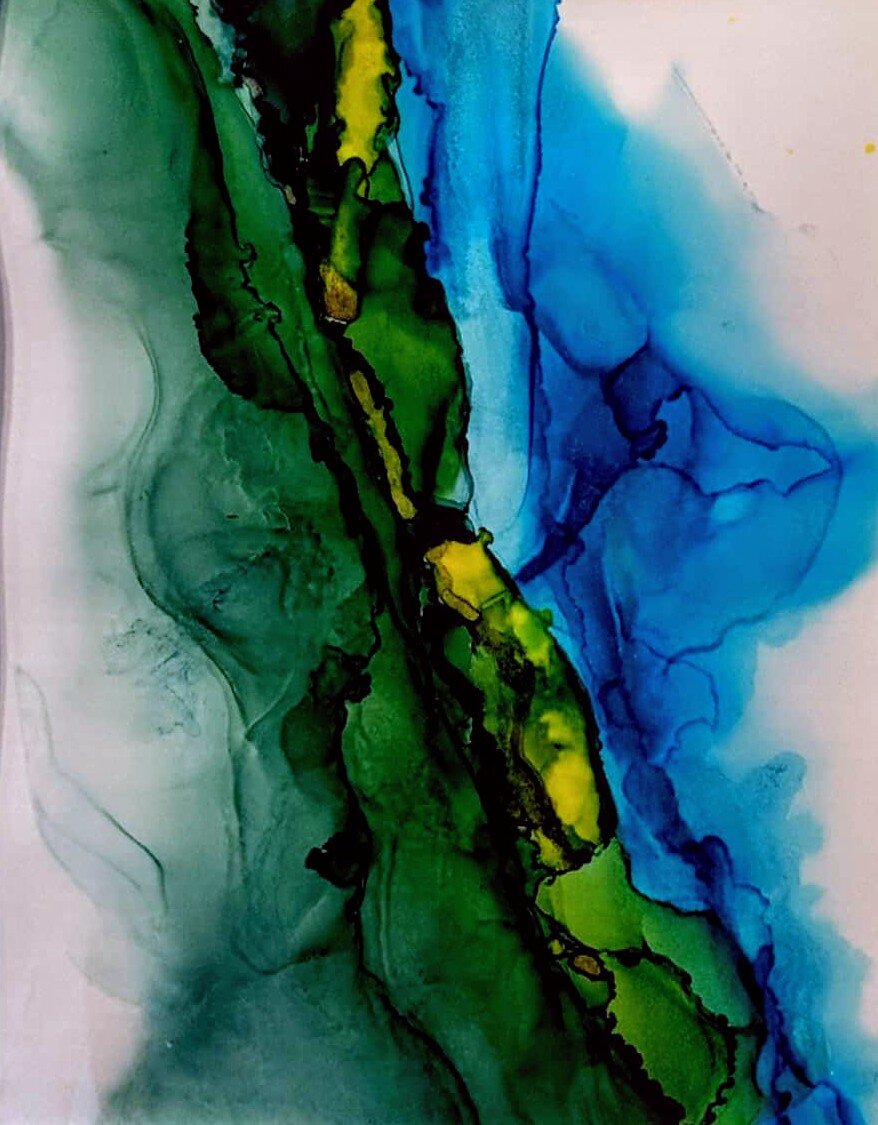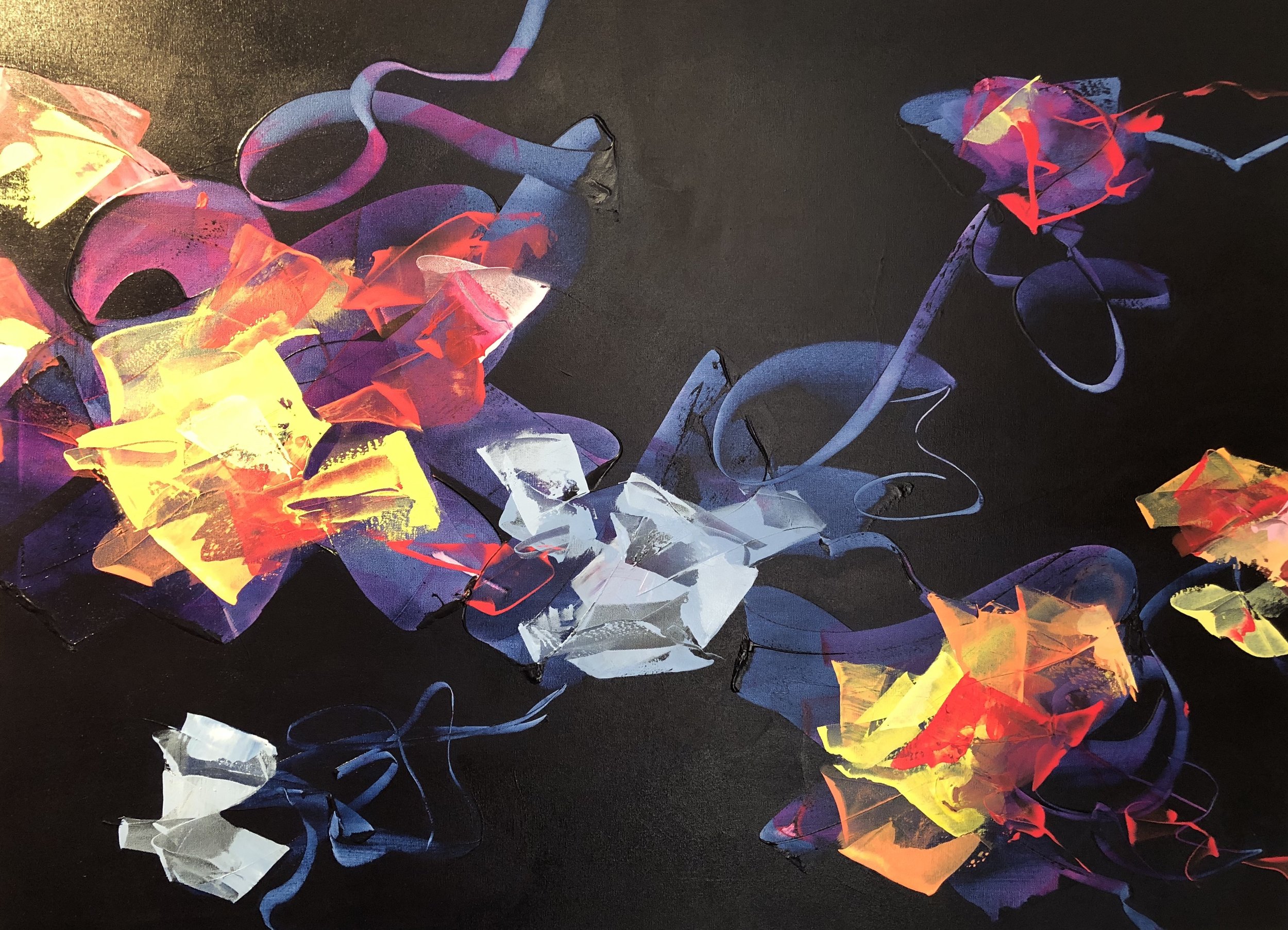A Bit About Me
“I am a self-taught abstract artist located in Toronto, Canada.
“Ever since I was little I would immerse myself in creative activities - from colouring and drawing to painting and writing. Despite my passion for the arts, as I got older it took a backseat to sports.
“While I was in university, I experienced several years of severe anxiety, which led me back to art. It seemed to be the only thing that would ease my angst and bring my mind back to serenity.
“As my anxiety subsided and as I pursued my career in marketing, painting was pushed to the sidelines again; that is until my late-20’s when I lost my father in a sudden accident and went through very difficult life changes. From that moment on, I spent every free minute I had painting. I used it as an opportunity to put all of the emotions I couldn't express verbally into a form that helped my grieve and ultimately helped me heal.
“I created so many pieces of artwork that my condo quickly became a studio. At first, selling my work did not seem like an option. I didn't know where to start, it seemed like a scary road of trying to figure out where to sell, how to market myself, pricing, shipping, packaging etc.


































